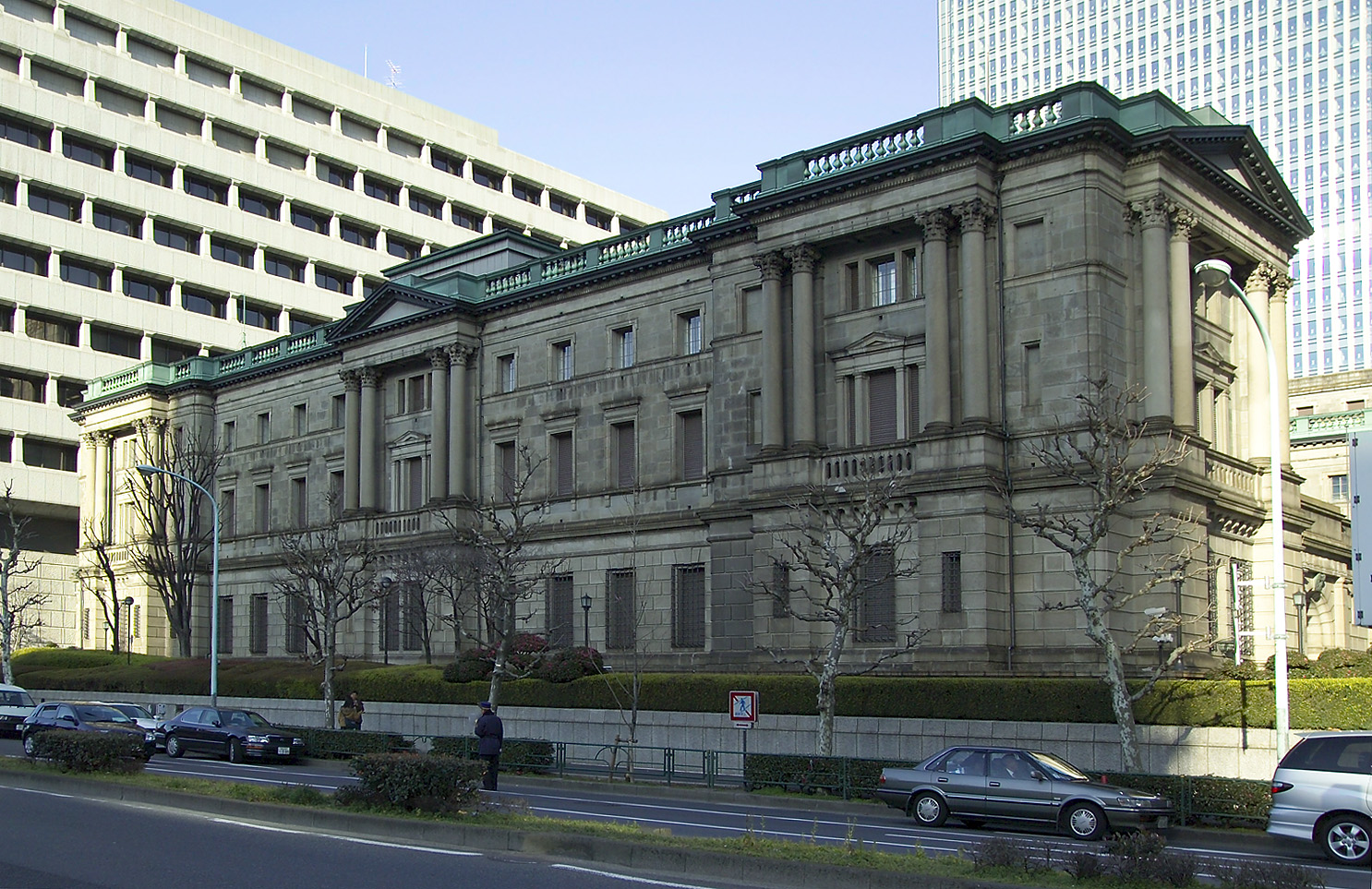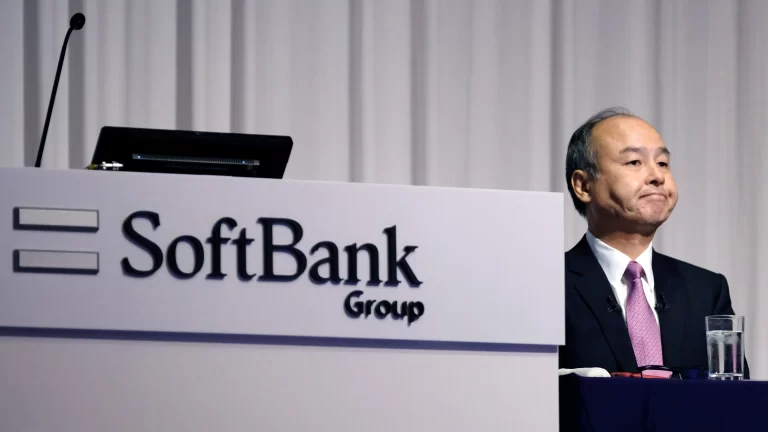The Bank of Japan recently implemented an important change to its monetary policy, signaling increased flexibility in its yield curve control. Previously, the central bank targeted a 0% yield on 10-year government bonds to stimulate the Japanese economy, but it has now introduced a 1% hard cap on yields, expanding its tolerance by 50 basis points. This shift comes amid concerns about elevated inflationary pressures and an upward revision of core consumer inflation forecasts to 2.5% for the fiscal year to March.
This policy reform has an impact outside of Japan, particularly in the United States. Treasuries, and any rise in Japanese bond yields could attract some of that capital back to Japan. While Japanese bonds still offer lower yields than U.S. Treasuries, the increase in yields could matter to Japanese investors, who seek to avoid unfavorable currency movements and already hold substantial amounts of non-U.S. foreign bonds.
The market reaction to the BOJ’s move has been relatively modest so far, but some analysts view it as a step toward potentially abandoning yield targets altogether, which could have more significant ramifications. If Japanese investors not only stop buying foreign bonds but also sell them outright, it could cause a substantial and abrupt increase in global bond yields. Since rising bond yields increase borrowing costs and decrease the desire to retain riskier assets, this could have an impact on U.S. equities.
Moreover, the change in Japan’s monetary policy could impact the yen-dollar exchange rate. The “carry trade” strategy, where traders borrow yen to buy dollars, weakening the yen and strengthening the dollar, has been influenced by ultralow yields on Japanese government bonds. However, hedge funds have already started unwinding this trade, and if Japanese interest rates rise further, it could lead to a rebound of the yen against the dollar.
For the Japanese economy itself, the more flexible yield curve control may benefit banks, allowing them to make greater profits on their lending. Rising rates, however, may result in greater finance costs for Japanese businesses and may cause investors’ assessments of future profits to decline.
This policy shift by the Bank of Japan highlights that while the U.S. Federal Reserve may be nearing the end of its interest-rate campaign, other central banks are still considering tightening policies to address inflationary pressures. The move could also be seen as an attempt to sustainably achieve the bank’s price target amid rising inflation forecasts.
As investors continue to monitor the situation closely, the potential effects of Japan’s evolving monetary policy will have implications for global bond yields, foreign investments, exchange rates, and asset valuations, with the United States among the countries closely impacted.











+ There are no comments
Add yours